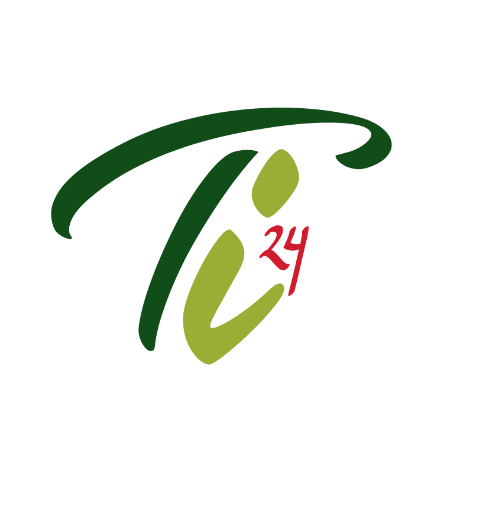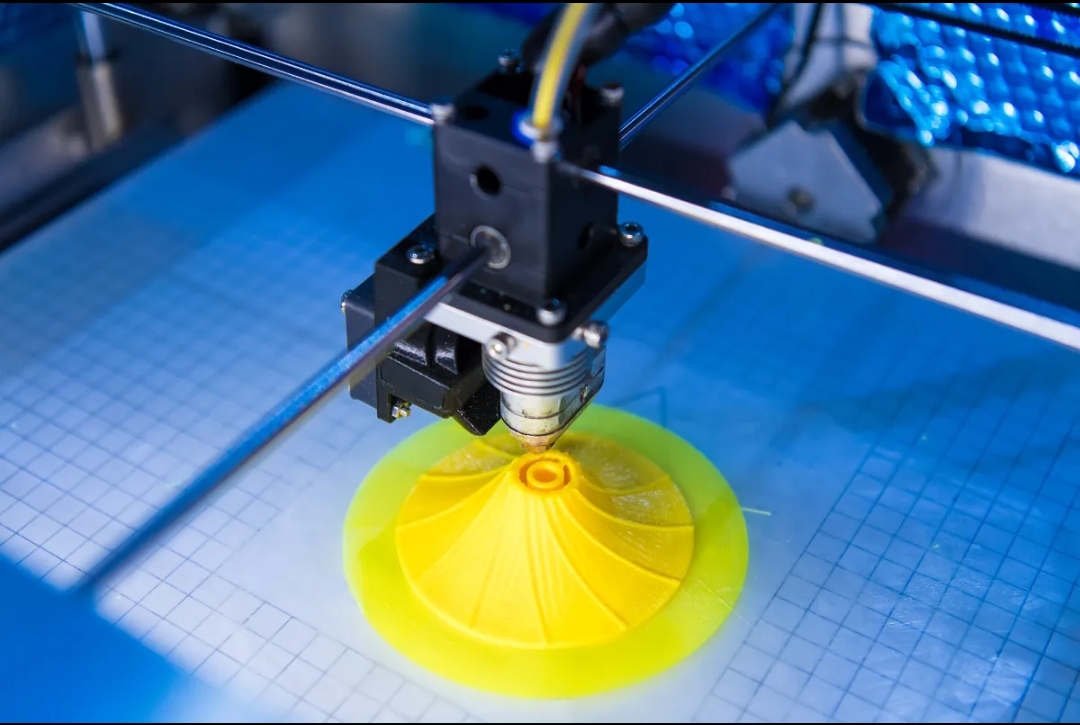In the realm of 3D printing services, the collision between innovative technology and intellectual property (IP) rights poses a complex challenge. As additive manufacturing continues to gain traction across industries, the handling of proprietary designs and products that are under patent protection has become a critical concern.
Balancing the potential for rapid prototyping and customization with the need to respect intellectual property rights requires careful navigation. This article delves into the various aspects of how 3D printing services address proprietary designs and products that are protected by patents.
Understanding Intellectual Property and Patents
Intellectual property refers to creations of the mind, such as inventions, literary and artistic works, symbols, names, and designs used in commerce. Patents, a subset of intellectual property, grant inventors the exclusive right to make, use, and sell their inventions for a certain period, typically 20 years from the filing date. Patents are intended to incentivize innovation by providing inventors with legal protection for their ideas, encouraging them to invest in research and development.
Challenges in 3D Printing and Patents
The rise of 3D printing has introduced unique challenges to the protection of patented products and designs. The digital nature of 3D printing allows for easy reproduction of physical objects from digital files, which raises concerns about potential infringement. Unlike traditional manufacturing, where molds and tooling are required, 3D printing enables individuals to produce objects with relative ease, potentially bypassing patents and intellectual property rights.
Mitigating Patent Infringement in 3D Printing Services
1. Intellectual Property Education: 3D printing services play a crucial role in educating their clients about intellectual property laws and the implications of printing patented designs. This includes informing customers about potential legal risks and ethical considerations associated with using protected designs without proper authorization.
2. File Verification and DRM: Some 3D printing services implement file verification processes to ensure that uploaded design files are not infringing on existing patents. Digital Rights Management (DRM) technologies can also be employed to control the use of design files and prevent unauthorized printing.
3. Design File Review: Responsible 3D printing services review design files for potential patent infringement before proceeding with printing. If a design is flagged as potentially infringing, the service provider may consult with legal experts or request proof of licensing from the client.
4. Client Responsibility: Clients using 3D printing services bear the responsibility of ensuring that the designs they submit for printing do not infringe on existing patents. Some 3D printing platforms include terms of use that place the onus on the client to guarantee the legality of their designs.
5. Licensing and Permissions: 3D printing services may collaborate with patent holders to obtain licenses or permissions for printing patented products. This approach enables the legal use of patented designs while compensating inventors for their intellectual property.
6. Open-Source and Free Designs: Some 3D printing services focus on open-source or freely available designs to avoid potential patent conflicts. Open-source designs are often released under licenses that permit their use, modification, and distribution, ensuring compliance with intellectual property laws.
7. Confidentiality Agreements: In cases where proprietary designs are submitted to 3D printing services, confidentiality agreements may be established to protect the design owner’s interests and prevent unauthorized sharing or reproduction.
8. Patent Search Services: Certain 3D printing services offer patent search capabilities to help clients determine whether a design may potentially infringe on existing patents. This proactive approach allows clients to make informed decisions about their design choices.
Conclusion
The intersection of 3D printing and intellectual property presents both opportunities and challenges. 3D printing services are acutely aware of their role in safeguarding the rights of inventors and creators while fostering innovation and technological advancement.
By educating clients, implementing design file reviews, and collaborating with patent holders, these services contribute to a balanced ecosystem where proprietary designs and patented products can coexist harmoniously. As 3D printing technology continues to evolve, the management of intellectual property within the context of 3D printing services will remain a dynamic and evolving landscape, requiring ongoing adaptation and collaboration among all stakeholders.

